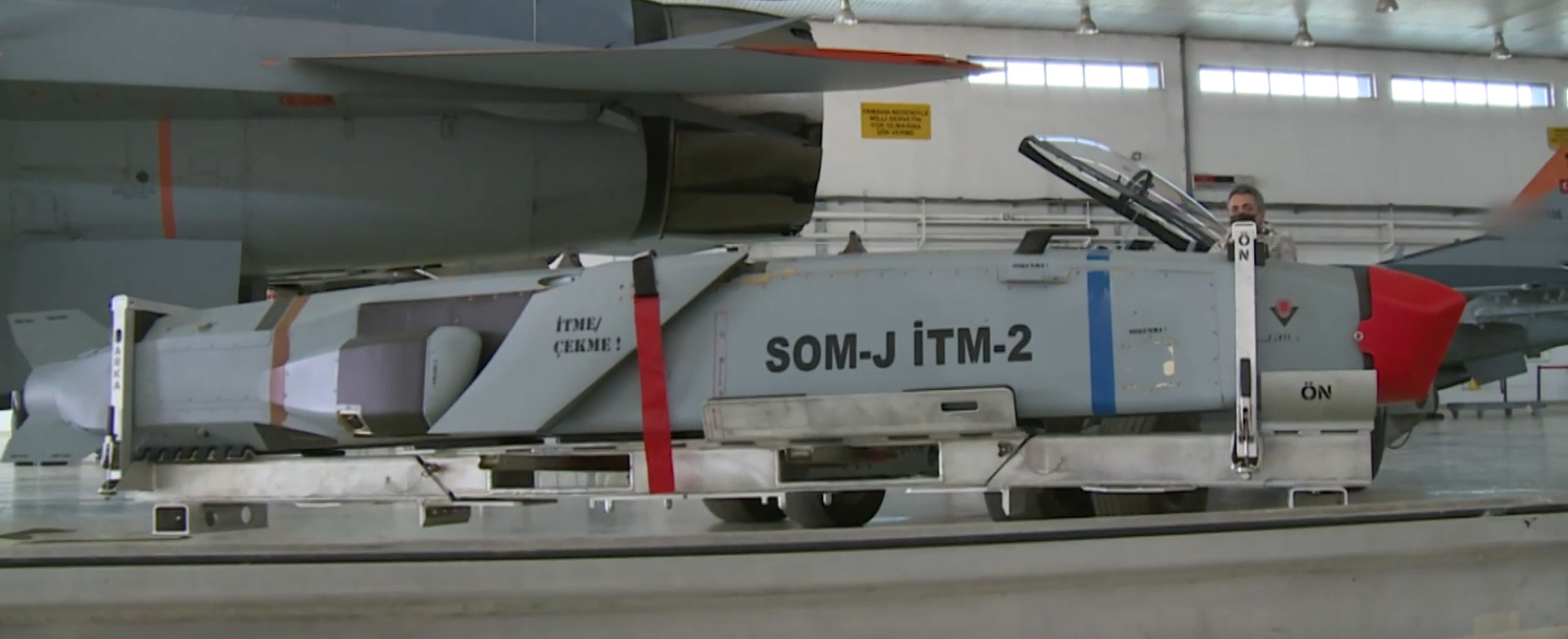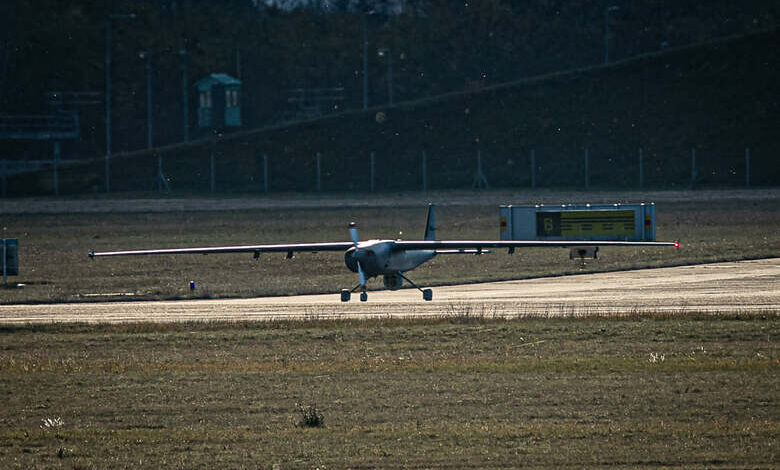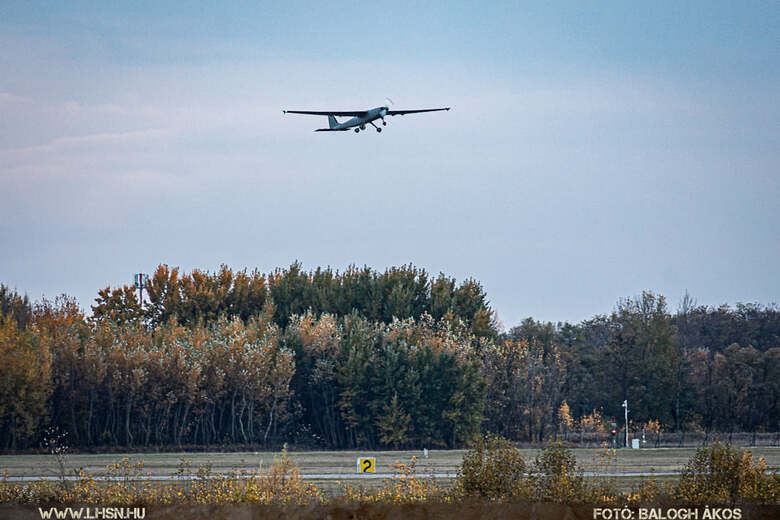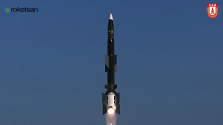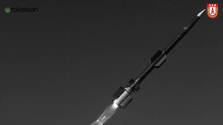Nigerian Navy has signed a contract with Dearsan Shipyard for the purchase of 2 OPV 76 Class Offshore Patrol Ships.

In the official statement made by the Nigerian Navy, it was stated that a contract was signed with Turkish Dearsan Shipyard for the purchase of 2 OPV 76 Class Offshore Patrol Ships within the scope of naval needs.
Nigerian Navy Commander Vice Admiral Awwal Gambo stated that the agreement is a milestone in the fleet renewal efforts of the Nigerian Navy to realize the 2021-2030 Strategic Plan. Murat Gordi, CEO of Dearsan Shipyard, also spoke after the signing ceremony.
Murat Gordi, who thanked the companies of the Nigerian Navy for their trust, underlined that they will return this trust by building the best ship in its class for Nigeria and that the contract will be executed faithfully.
Gordi, CEO of Dearsan Shipyard, also added that this project will further strengthen the ties between Turkey and Nigeria by providing added value in technology transfer and expertise.
Within the scope of the signed contract, Dearsan Shipyard plans to complete 2 OPV 76 Class Offshore Patrol Ships within 37 months.
OPV 76 catalogue (PDF):

In the official statement made by the Nigerian Navy, it was stated that a contract was signed with Turkish Dearsan Shipyard for the purchase of 2 OPV 76 Class Offshore Patrol Ships within the scope of naval needs.
Nigerian Navy Commander Vice Admiral Awwal Gambo stated that the agreement is a milestone in the fleet renewal efforts of the Nigerian Navy to realize the 2021-2030 Strategic Plan. Murat Gordi, CEO of Dearsan Shipyard, also spoke after the signing ceremony.
Murat Gordi, who thanked the companies of the Nigerian Navy for their trust, underlined that they will return this trust by building the best ship in its class for Nigeria and that the contract will be executed faithfully.
Gordi, CEO of Dearsan Shipyard, also added that this project will further strengthen the ties between Turkey and Nigeria by providing added value in technology transfer and expertise.
Within the scope of the signed contract, Dearsan Shipyard plans to complete 2 OPV 76 Class Offshore Patrol Ships within 37 months.
OPV 76 catalogue (PDF):

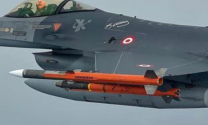
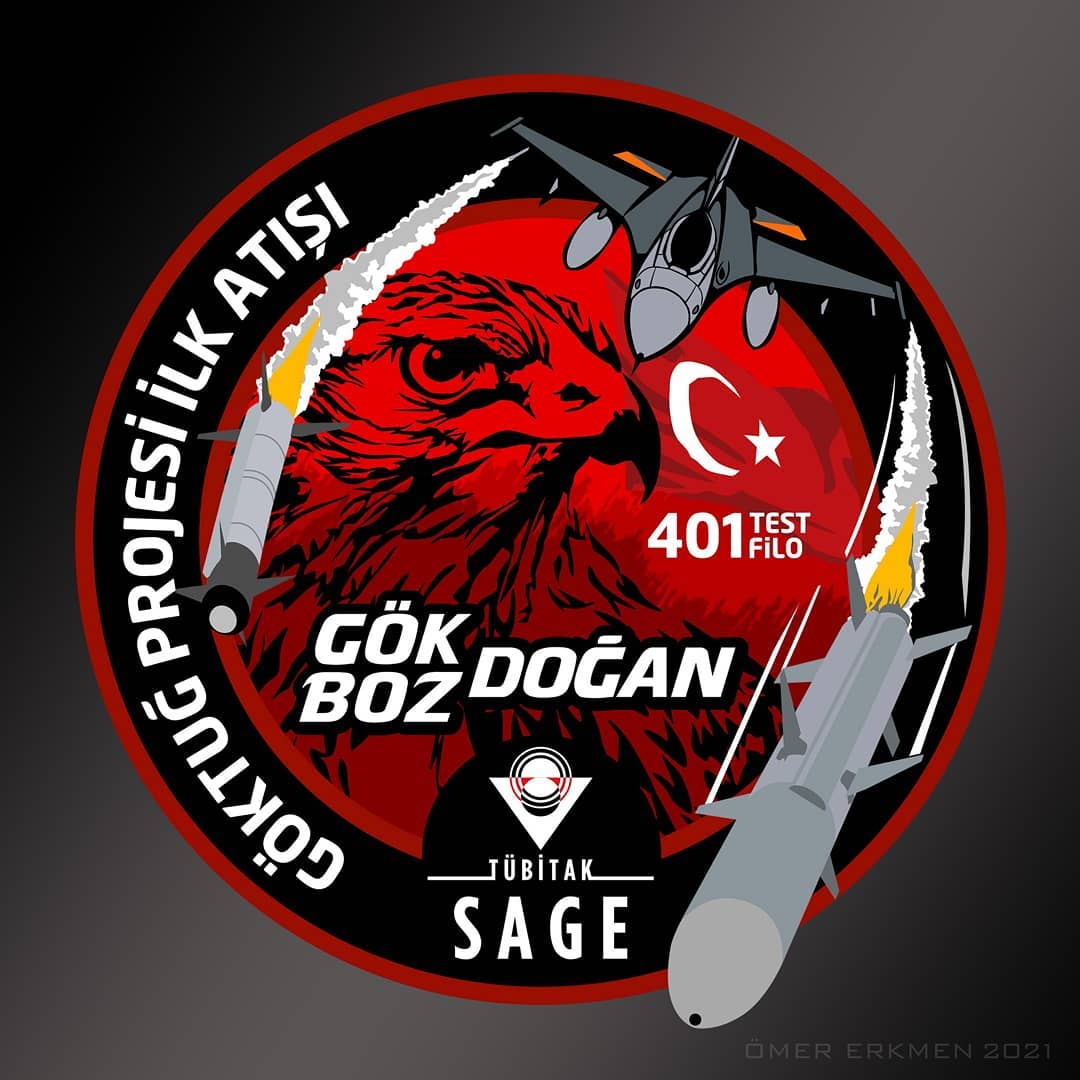
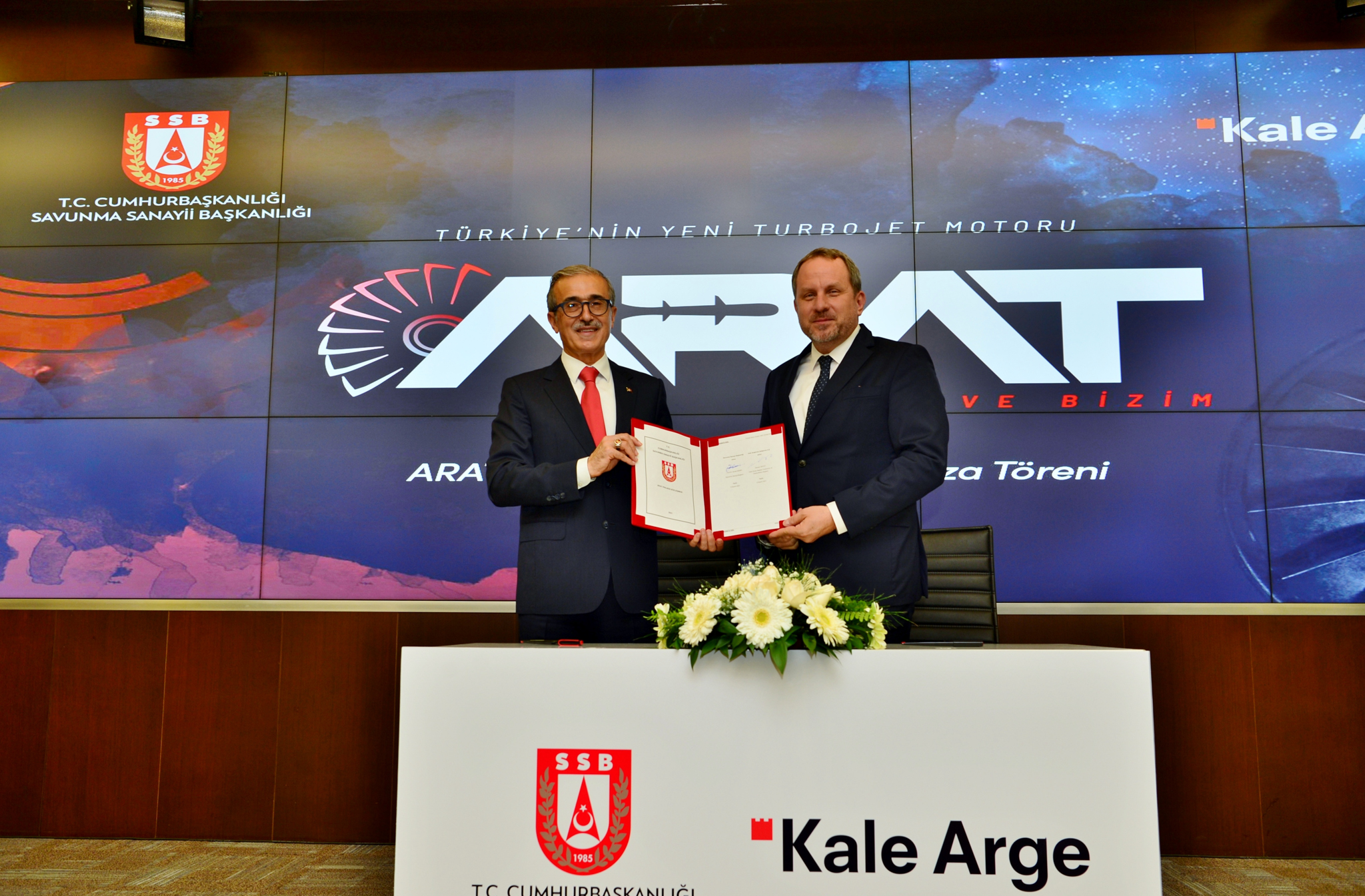
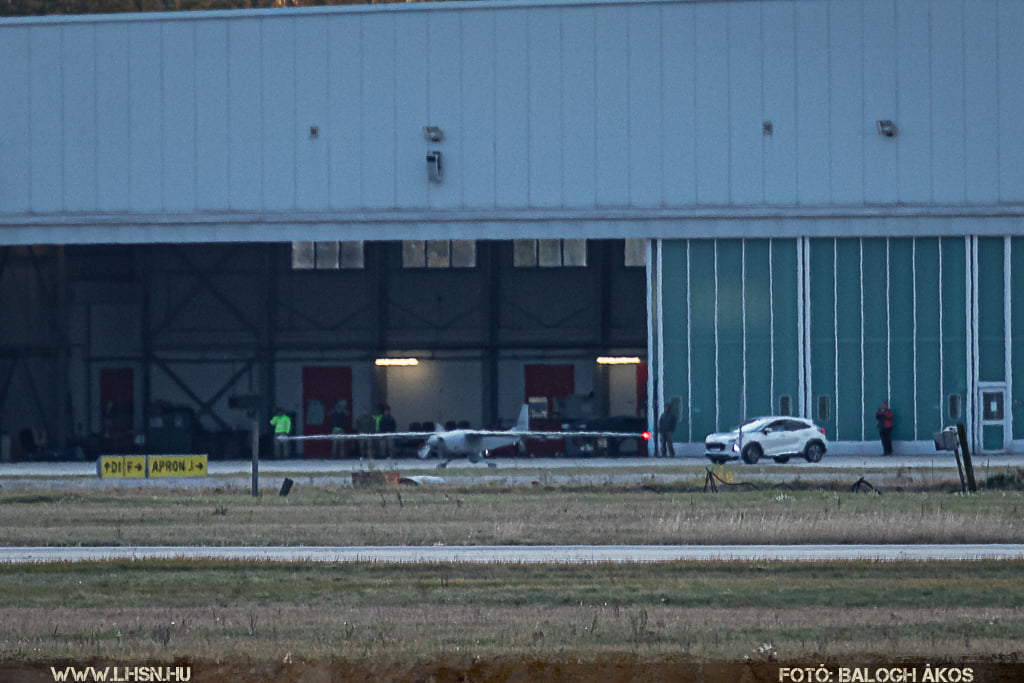
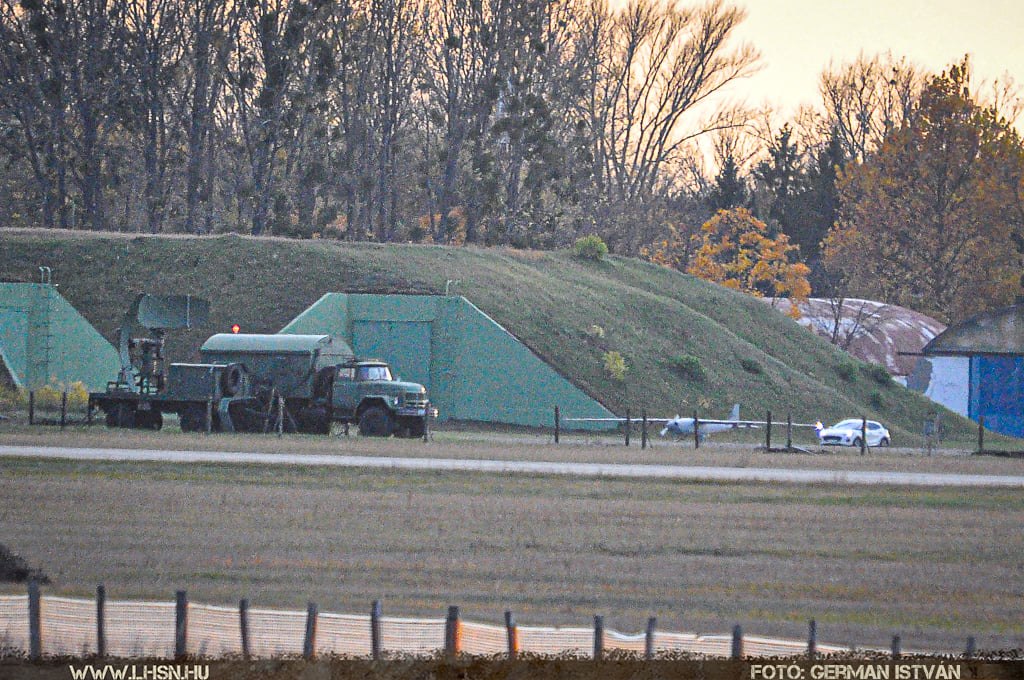
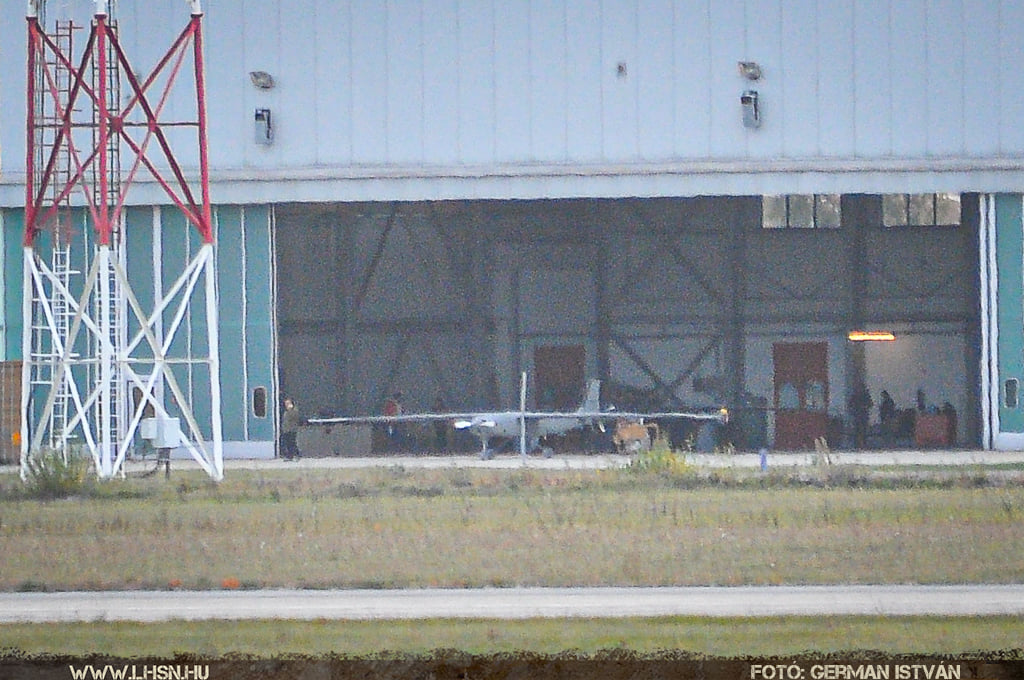
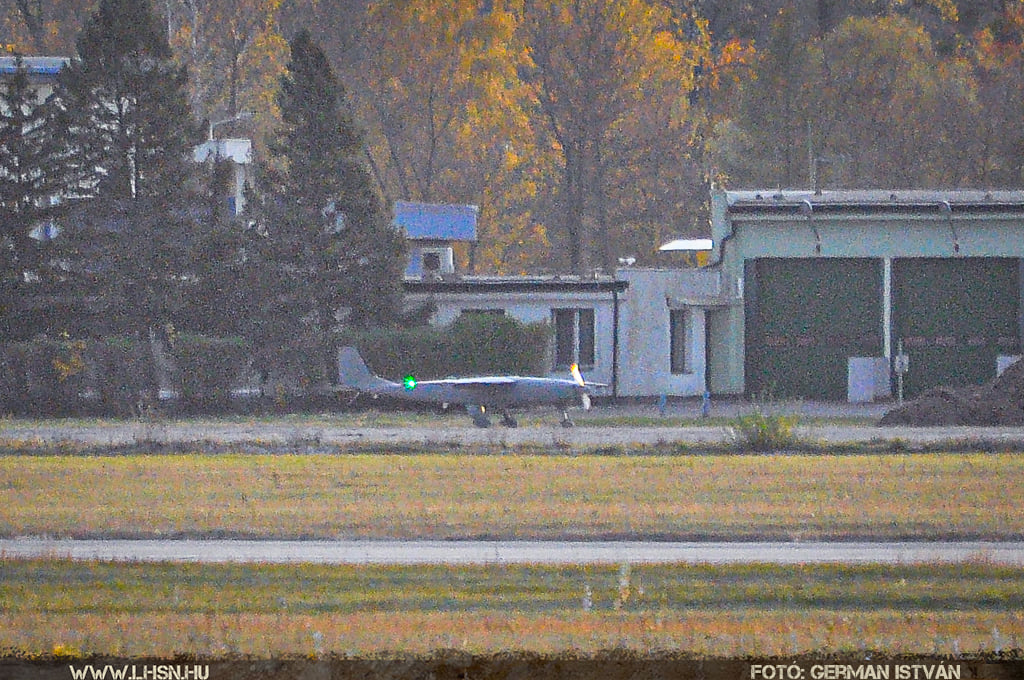
.jpeg)
